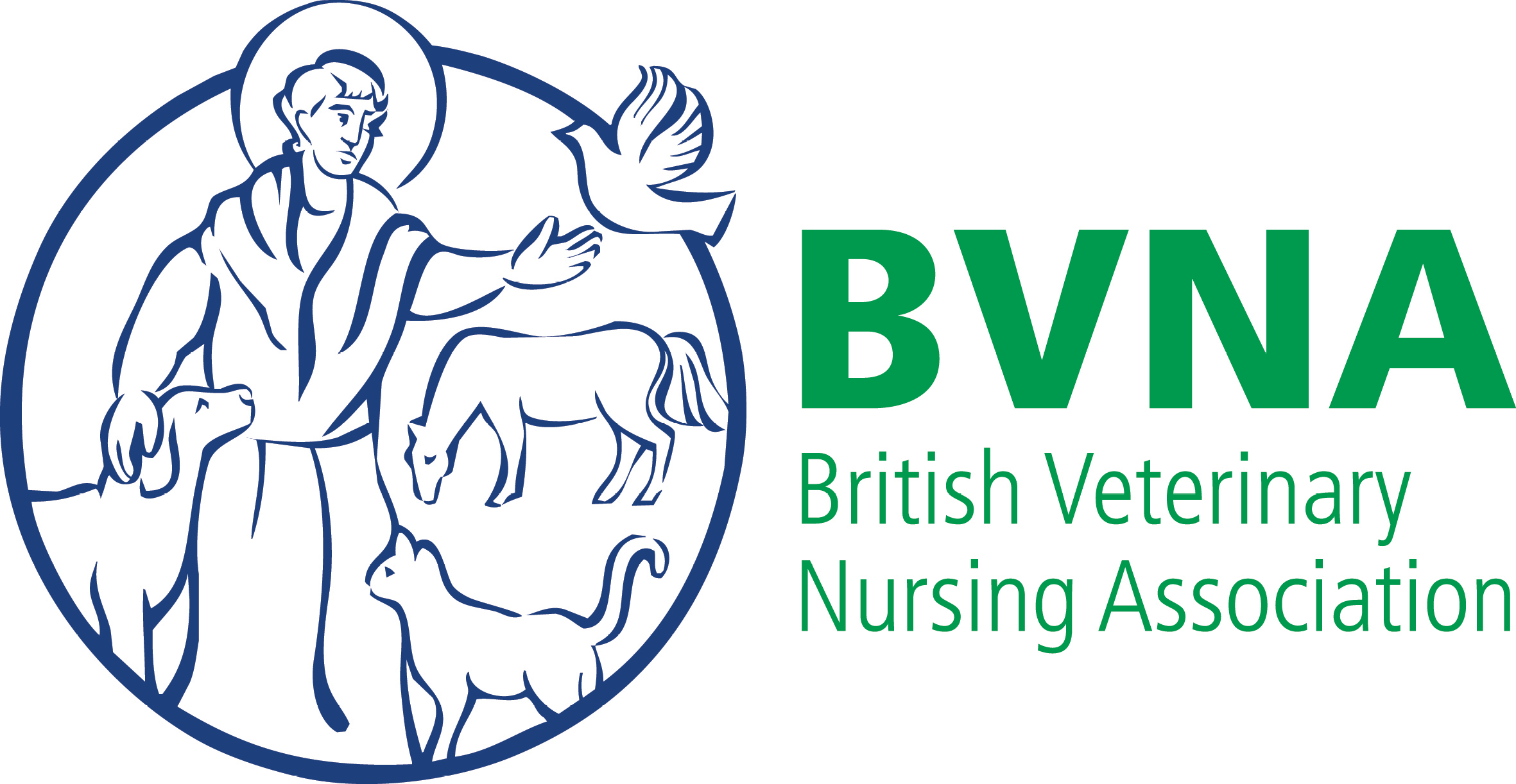ABSTRACT: As rabbits continue to be a popular species of domestic pet, myiasis, also referred to as fly strike or blowfly strike, is a problem seen all too often in veterinary practice. An estimated 94.5% of veterinary practices in the southwest of England and Wales treated at least one rabbit for flystrike between May and September 2005, (Bisdorff & Wall, 2006). Nurses should be aware of the causes and clinical signs of myiasis, the treatment options available and the required nursing skill and knowledge necessary to provide gold-standard care for these patients. The importance of thorough clinical examination when these cases present must be highlighted, alongside the necessity of diagnosing underlying causative factors and implementing good anesthetic techniques for these debilitated and at-risk animals.
Author
Kelly Druce BSc (Hons) RVN DTLLS

Kelly qualified as a VN in 2001 and later completed the BSc top-up in veterinary nursing, gaining a first class honours degree. She has a keen interest in feline internal medicine and domestic animal behaviour: In 2005 she gained the Improve International Nurses Certificate in Animal Behaviour and in 2007 the Improve International Nurses Certificate in Advanced Anaesthesia. Kelly worked as a nurse, assessor and internal verifier in practice until 2008 when she left to pursue a career in teaching, and has since gained her DTLLS. She currently works as a VN lecturer in the further-education sector and recently returned to practice as a locum RVN.
Keywords: Clinical, Rabbits, Myiasis
To cite this article: Veterinary Nursing Journal • VOL 30 (07) • July 2015 • pp199-202
To gain access to this article, select one of the links below:
